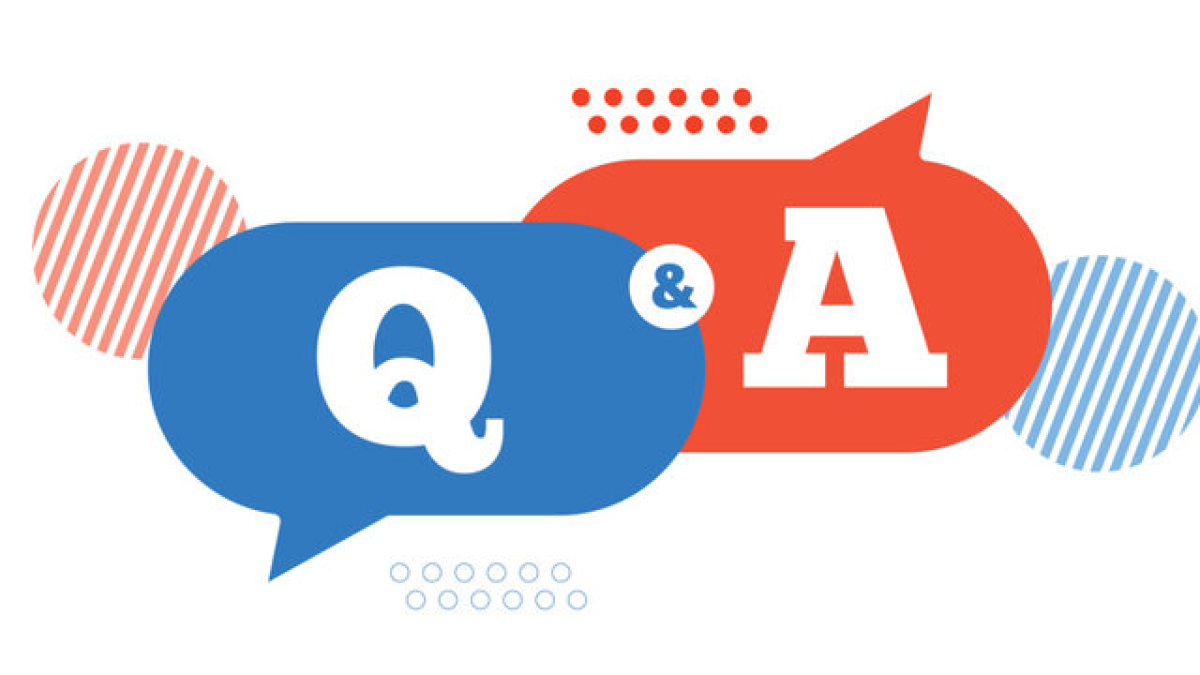Periods of economic turbulence test every business owner’s ability to adapt. Inflation and boomerang tariff policies squeeze margins, supply-chain disruptions delay projects and market slowdowns make forecasting harder than ever. The challenge isn’t just surviving these cycles. It’s staying positioned to grow in the middle of uncertainty or as soon conditions improve.
One of the smartest ways companies can maintain that readiness is through equipment financing. Rather than draining cash reserves or delaying critical purchases, financing equipment provides stability, flexibility and long-term control, which are three things every business needs in uncertain times.
Equipment Financing as a Strategy for Stability
Economic volatility is out of your control, but you can control your capital investments. Equipment financing gives business owners the power to act strategically, not reactively.
By spreading costs over time, companies can preserve working capital while continuing to invest in the equipment, vehicles and machinery that drive productivity. Instead of sacrificing growth opportunities for short-term savings, financing essential business equipment lets you maintain (or gain) operational momentum without compromising financial stability.
At Global Financial & Leasing Services (GFLS), we take that principle even further. As a direct lender that uses our own capital, we make decisions quickly and personally, looking at each transaction differently to create solutions that fit the applicant, not the other way around.
Inflation: Protecting Profitability Through Predictable Payments
Inflation impacts every business, from raw material costs to freight expenses. For companies that rely on specialized equipment, rising prices can stall upgrades or expansion plans. Financing helps offset that pressure by locking in equipment costs today before prices climb further.
Predictable monthly payments allow business owners to plan ahead, manage margins and keep operations steady. The ability to spread capital expenditures over time turns unpredictable market conditions into manageable, predictable payments.
GFLS’s equipment financing approval process focuses on your ability to service current and future debt, not just your credit score. That flexibility opens the door to financing to more companies, especially those that might not fit traditional banking criteria.
Supply Chain Disruptions: Equipment Financing as an Accelerator
When supply-chain delays hit, speed becomes a competitive advantage. Businesses that can act quickly to secure equipment often capture opportunities others miss.
Because GFLS is a full-service, nationwide lender, we can move fast to get funds in place so you can commit to projects or work without delay. Our direct decision-maker model removes layers of red tape, helping clients get approved and funded on timelines that match market realities.
Whether you need replacement assets, upgraded machinery or additional capacity, financing with GFLS ensures you stay equipped to deliver even when global logistics aren’t cooperating.
Slow Markets: Staying Agile When Demand Softens
Equipment financing helps companies stay agile, preparing to ramp up production or capacity the moment demand rebounds. Meaning, rather than slow down, they use a slow period to their advantage.
Leasing or financing during slower periods allows you to upgrade equipment, improve efficiency or reduce maintenance costs while keeping cash on hand for day-to-day operations.
GFLS partners with businesses that see the bigger picture. We know that growth often happens between cycles, and we help clients position themselves for what comes next by offering fast, flexible equipment-based financing tailored to their operations and cash flow.
The GFLS Advantage: Partnership Beyond Lending
At GFLS, financing is more than a transaction, it’s a partnership built on understanding. We specialize in serving non-investment-grade companies and those that struggle with traditional lending institutions, helping them access equipment funding based on performance and potential.
Our approach stands apart because:
- We tailor solutions to fit your operational and cash-flow needs
- We use our own capital, ensuring decisions are fast and flexible
- We focus on equipment value and revenue generation, not rigid credit formulas
- We lend nationwide, supporting clients wherever they do business
This hands-on model has helped thousands of businesses maintain stability through uncertainty and build confidence for the future.
Planning Forward, Not Backward
While no one can predict economic cycles, businesses can prepare for them. Equipment financing helps companies plan proactively, turning potential disruption into long-term opportunity.
By partnering with a lender who understands your business, you gain a strategic ally invested in your success.
At GFLS, our mission is simple: to supply the fast, flexible financing you need to keep moving forward today, tomorrow and through whatever the market brings next.
Uncertainty is inevitable. Instability doesn’t have to be. With the right equipment financing partner, you can maintain control, protect your capital and strengthen your operations even in unpredictable times.
Our team combines industry expertise with direct-lender flexibility to deliver financing that’s built for real-world challenges. We look at every transaction differently because every business deserves a chance (or even a second chance) to succeed.
Contact us to learn more about our full-service, nationwide financing options and discover how GFLS can help your business stay resilient through every economic cycle.











 It’s only second quarter of 2023 and three banks—First Republic Bank, Signature Bank and Silicon Valley Bank—have failed. While First Republic Bank was the last to fail so far this year, it is the second largest bank failure in history with approximately $229 billion in assets before failing, second only to Washington Mutual’s collapse in 2008, holding $307 billion at the time.
It’s only second quarter of 2023 and three banks—First Republic Bank, Signature Bank and Silicon Valley Bank—have failed. While First Republic Bank was the last to fail so far this year, it is the second largest bank failure in history with approximately $229 billion in assets before failing, second only to Washington Mutual’s collapse in 2008, holding $307 billion at the time.
 For many people, the new year is a time for setting personal resolutions. Yet, statistics indicate most people let theirs slide by the end of February. For business owners, it’s not only the start of a new year, it’s first quarter—a time to kick off year-long sales goals, new initiatives and grow your company. Business “resolutions” aren’t as easy to let slip because there are livelihoods, including yours, counting on your follow-through and success.
For many people, the new year is a time for setting personal resolutions. Yet, statistics indicate most people let theirs slide by the end of February. For business owners, it’s not only the start of a new year, it’s first quarter—a time to kick off year-long sales goals, new initiatives and grow your company. Business “resolutions” aren’t as easy to let slip because there are livelihoods, including yours, counting on your follow-through and success.